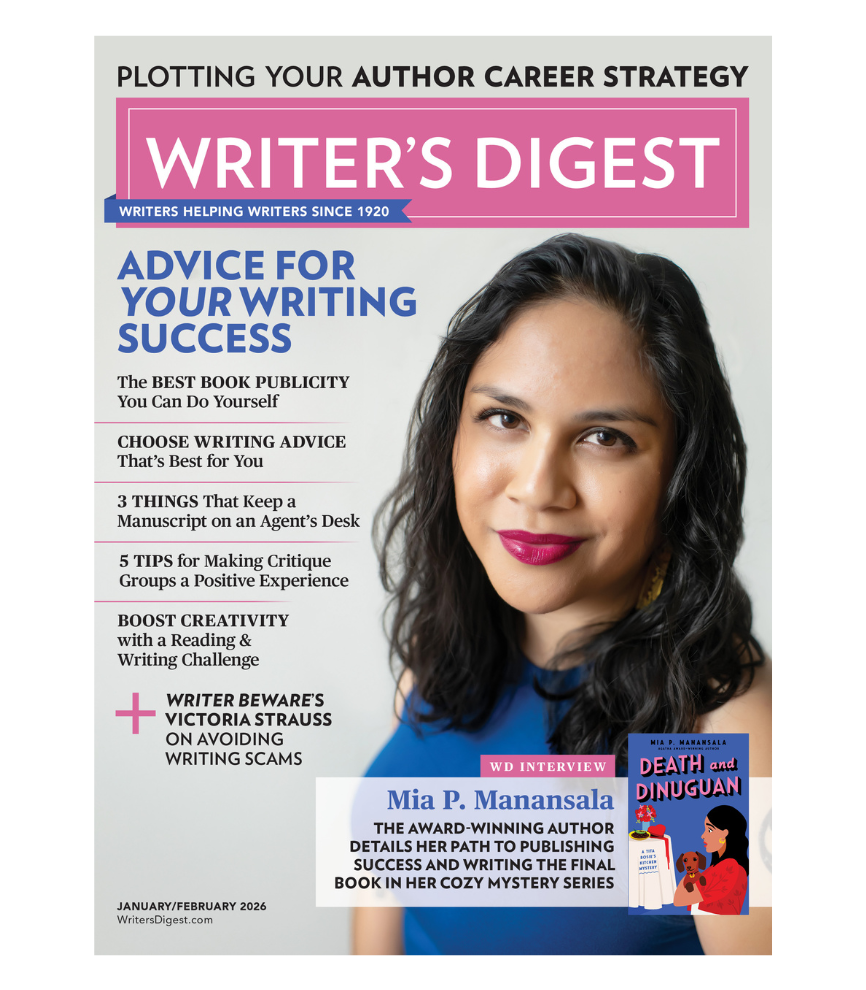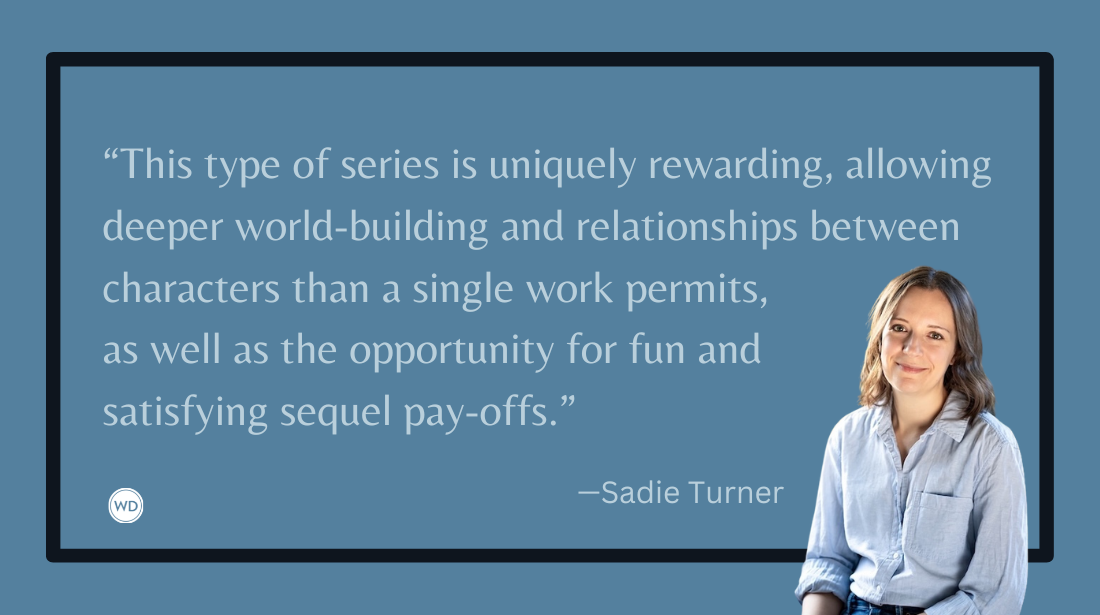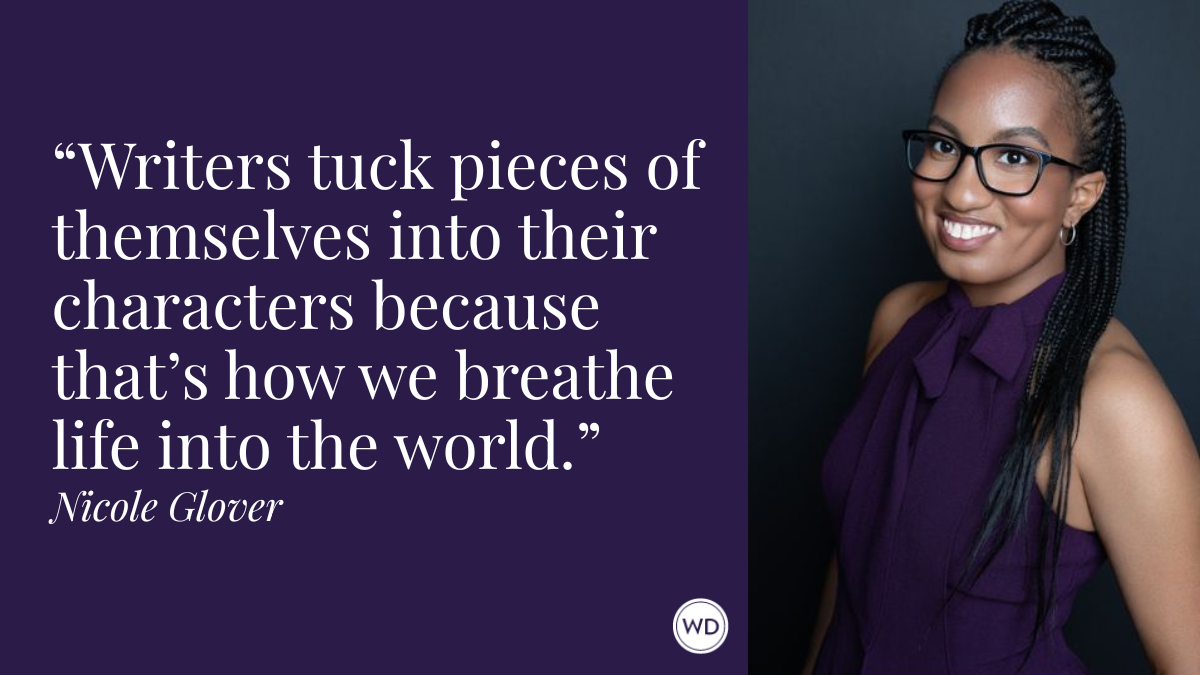8 LGBTQ+ Comic Books to Support All Year Round
Freelance animation director and illustrator Hamish Steele shares eight LGBTQ+ comic books that represent each of the meanings behind the stripes of Baker and Segerblom’s original Pride flag.
Every June, we are treated to a number of lists and articles that spotlight queer talent, but as the glow of Pride Month dims it can feel like many have missed their chance to shine. In the UK, most cities actually celebrate Pride in July and so from my point of view, the party has just started! And sometimes … you miss your deadline for your Pride Month article and have to cobble together an excuse to still submit it.
But the reason this took so long is that there are so many great comics to read! This list is by no means complete, no best of the best. It’s just a collection of queer comics I read recently which have left an impact. Among this list there is a huge variety of themes, art styles, and genres, and I started to notice each book matched one of the meanings behind the eight stripes of Baker and Segerblom’s original Pride flag.
So indulge me my sometimes contrived structure as we take a look at eight books which show the width and breadth of our wonderful community.
(WD uses affiliate links.)
My Lesbian Experience with Loneliness, by Nagata Kabi
The hot pink stripe represents sex and let me tell you, there were many comics I considered choosing for this. The world of incredible, sexy, gay erotic comics is bountiful. But I feel nothing quite cuts to the core of how important sex can be like Nagata Kabi’s diary comics.
How scary, how life affirming, how awkward, how vital it can be for someone who has been so touch starved by a world that never expects you to be part of it. Obviously, sex is not for everyone, but for those who want it, it’s sometimes hard to find books that explore the impact of gay sex on one’s life in such a frank way.
Why I Adopted My Husband, by Yuta Yagi
The red stripe represents life and another autobiographical diary manga sprung to mind, though this could not be more different. Why I Adopted My Husband is the true story of the various hoops a long-term gay couple leapt through in order to legally protect their relationship in Japan, where gay marriage is not legal yet.
What’s funny about this comic is I can tell I would not be friends with these two in real life. As adorable as the illustrations are, they make great pains to repeatedly tell the reader they’re not like “THOSE” gays and that their quest for legal protections is partially based on them being “just like any straight couple.” But you know what? That actually makes the whole thing feel more real.
Even annoying gays deserve rights! As an annoying gay myself, I definitely relate.
The Con Artists, by Luke Healy
The orange stripe means healing but it is also the color of the NEPOTISM ALARM! Yes, I’m putting my boyfriend in my list of LGBTQ+ authors to check out but in my defense, Luke Healy’s hilarious and heartbreaking body of work was one of the many reasons I fell in love with him.
The Con Artists tells the story of Frank and his oldest friend Giorgio, who Frank slowly realizes he barely knows. Gay people often grow up lying to their families and before that, lying to themselves. It’s a defense mechanism that can be hard to shake. We end up being different people to our friends, to our therapists, to our followers… the fake mustache Frank wears to make it clear he’s NOT a stand-in for Luke Healy is a genius little joke about how much authors expose themselves in their writing, while also curating every part of it.
Writing has always been a way to heal, to process dark chapters of one’s life and the fact Healy is able to do this with one of the funniest books you’ll read, is a masterstroke.
Young Men in Love, by various, edited by Joe Glass and Matt Miner
Yellow means sunlight and to me that means joy, happiness, and standing proud without fear. And it also is the color of the SELF PROMOTION ALARM! (Wow, there’s a lot of alarms.) YES, I did contribute a short comic to this award-winning anthology, but truly every other comic completely outshines my deeply-covid-anxiety-fueled story.
The idea behind this book was to show MLM relationships from MLM creators, as it can often feel like our stories are mostly told by others. This book contains amazing diversity in body types and perspectives and art styles. Particular highlights for me are Josh Cornillon’s Power Rangers romance, David M/ Booher and Vic Regis’ space opera, and Oliver Gerlach and Daryl Toh’s swashbuckling adventure.
Also a special shout out to Lucas Gattoni who letters each comic and is able to match 20 different art styles flawlessly.
Stages of Rot, by Linnea Sterte
The green stripe is for nature, and this is perhaps my most avant garde choice. This is a book about a whale rotting on the surface of an alien planet, and of the life that springs and forms in its carcass. To Big Gay Media, this isn’t queer representation. To me and my queer friends, I don’t even need to explain why this book is the queerest thing on this list.
I’ve given this book to several of my queer friends and they just get it. How beauty can thrive in desolation. How bodies can be our greatest treasure and biggest weapon. Aside from Sterte’s androgynous way of drawing the humanoids, which more closely aligns with queer people’s hopes for the future compared to the generally heteronormative mainstream take on sci-fi, Stages of Rot understands that much of queer politics is about reclaiming one’s own body—the beauty and freedom of it but also the prison of it.
Buuza!!, by Shazleen Khan
The turquoise stripe means magic and while the streets of Dawlat al Harir in Shazleen Khan’s Buuza!! are filled with oracles and shapeshifters, the true magic is in the confident, expressive line work which can establish an entire world in a few strokes. Every establishing shot could be a postcard.
Buuza!! is a slice-of-life comic about a found family of entirely queer (and very attractive) young adults navigating an urban fantasy Middle East. The setting of this award-winning webcomic was a big draw for me, as it feels truly unique and a perhaps sad reminder how seldom we see this culture represented in this genre.
Going Steady, by various, edited by Carolynn Calabrese, Ashley Gallagher, Jenny Mott and Rachel Weiss
Indigo stands for serenity and in a market filled with “will they won’t they,” isn’t it nice to read a collection of stories firmly in the “they do?” Going Steady is an anthology about the middle bit, the fun bit, the harmony one feels when they are with their life partner. The thrill of waking up beside your other half, day in and day out.
Straight media is obsessed with painting long-term partnerships as the old ball and chain, but here we get relationships across the spectrum of sexuality that show (at least in my experience) the more common reality—that being in love is nice, actually. Particular highlights for me are Carolynn Calabrese and Rachel Weiss’s middle-aged explorers, Cameron Lucente and Bo’s buff daddies with hearts of gold, and Ashley Robin Franklin’s moomins-esq, cottagecore fantasy.
Thieves, by Lucie Bryon
Finally, the violet stripe is for spirit. And to me, spirit represents queer people’s tenacity, our drive to survive, our fighting spirit. Be gay, do crimes. To me, it means flawed characters and I think Thieves embodies that more than I typically see in YA romances. In fact, Thieves might have one of my favorite protagonists of the year.
Despite deceptively simple drawings, Lucie Bryon knocks the acting out of the park. The depiction of a first kiss is a particular highlight. In a market that I think sometimes draws a little too heavily on the tropes of shoujo manga, it’s refreshing to see that moment depicted in a way that feels genuinely honest to that teenage experience. Plus, Ella has perhaps the best ears ever drawn.
Hamish Steele (he/they) is a freelance animation director and illustrator who grew up surrounded by legends, myths, and folktales. Since graduating from Kingston University in 2013, Hamish has worked for the BBC, Cartoon Network, Disney, Nickelodeon, among others. He is the creator of and showrunner for the Netflix series Dead End: Paranormal Park, based on his graphic novel series, DeadEndia, and the Eisner Award-winning creator of the graphic novel, Pantheon. Hamish currently lives in London and can be found online at https://hamishsteele.co.uk/.








